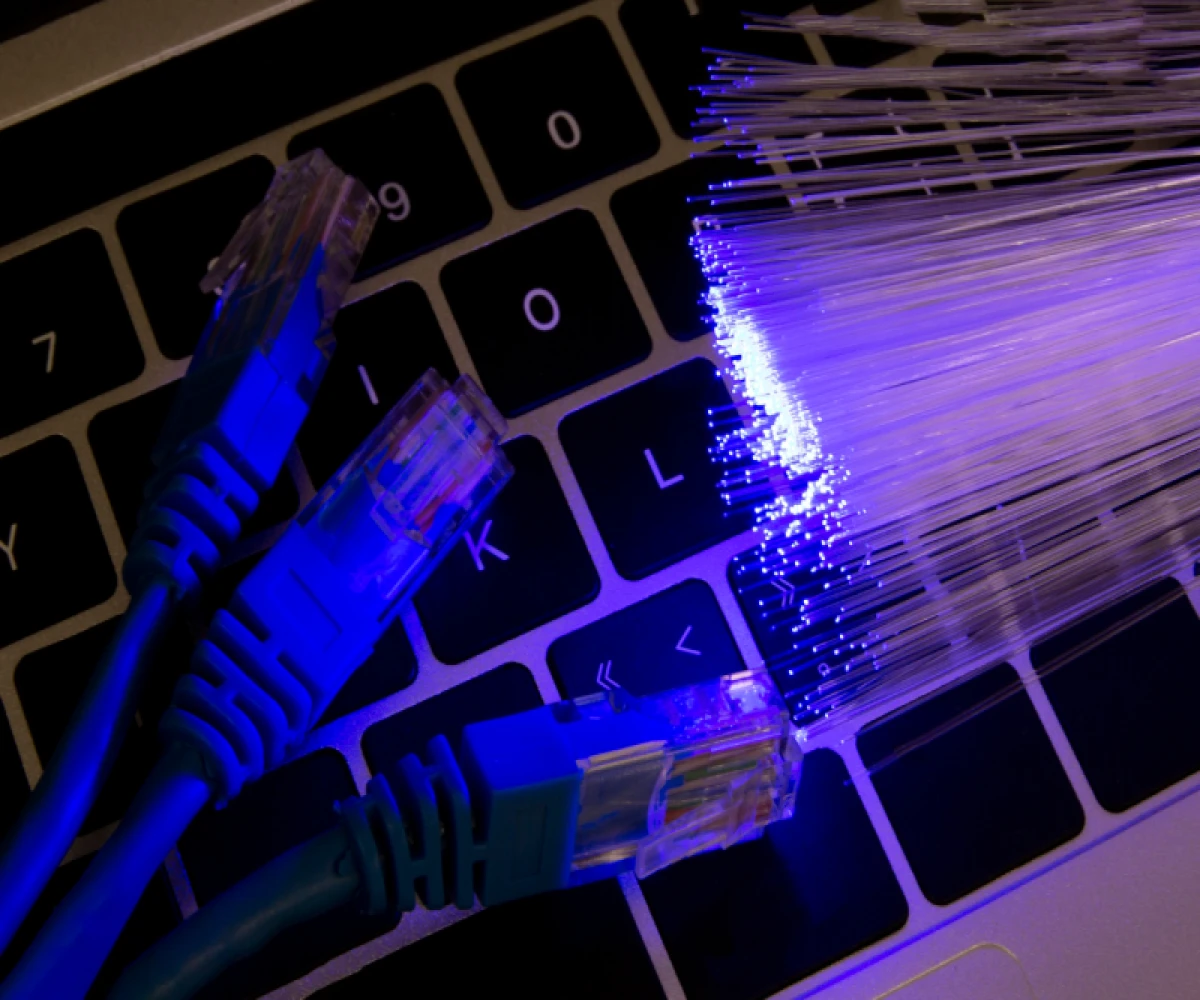
Unraveling the Web: How Your Information Travels Online
Demystifying Your Network: A Beginner's Guide to Routing, Gateways, and Message Delivery
The internet connects us all, but how exactly does information travel from your device to a website or another computer? The answer lies in the fascinating world of computer networks. This blog post will break down some essential concepts for beginners: routing, default gateways, and common protocol packet headers, all explained with real-life examples!
Networks: A Digital Highway
Imagine a network as a complex highway system. Devices like computers, phones, and tablets are like cars, and data packets are like the information cargo they carry. To get from point A to point B, cars rely on signs and traffic management. Similarly, data packets rely on specific protocols and devices to navigate the network.
Routing: The Traffic Controller
Routing is the process of directing data packets to their intended destination. Routers, the traffic controllers of the network world, play a crucial role. They analyze the destination address (like a zip code) in each data packet and choose the most efficient path to send it on. Routers connect different networks and make sure your data doesn't get lost in the digital maze.
Default Gateway: Your Neighborhood Exit
Think of your home network as a neighborhood. Every device on your network has a unique address within that neighborhood, but to access the wider internet, they need an exit point. This is where the default gateway comes in. It's typically your router's IP address, acting as the exit ramp that connects your network to the vast internet highway.
Speaking the Same Language: Protocol Packet Headers
For devices to communicate effectively, they need a common language. This language is defined by protocols, which are sets of rules that govern how data is formatted and transmitted. Data travels in packets, and each packet has a header containing crucial information like the source and destination addresses, similar to the "from" and "to" sections on an envelope. Here are some common protocol headers you might encounter:
- IP Header: This header contains the source and destination IP addresses, which are unique identifiers for devices on the network. Imagine it as the address written on your envelope.
- TCP Header: This header is used for reliable data delivery, ensuring all the pieces of your information arrive in the correct order. Think of it like a numbered list accompanying your package to ensure nothing gets lost.
- UDP Header: This header is used for faster data transfer, but it doesn't guarantee order or complete delivery. It's like sending a quick message without confirmation of receipt.
Example: Sending an Email
Let's see how these concepts work together in a real-life scenario:
- You hit "send" on an email.
- Your computer creates a data packet containing the email content and attaches a header with your email address and the recipient's address (like the IP address of their email server).
- The data packet travels through your network and reaches your router, the default gateway.
- The router examines the destination address and uses routing protocols to determine the best path to send the packet.
- The packet travels through the internet, hopping from router to router until it reaches the recipient's email server.
- The recipient's email server receives the packet, verifies the destination address, and delivers the email to their inbox.
This is a simplified example, but it demonstrates how routing, default gateways, and protocol headers work together to ensure your information reaches its intended destination on the vast network we call the internet.
By understanding these basic concepts, you'll gain a newfound appreciation for the complex yet efficient world of computer networks that keeps us connected and informed.


